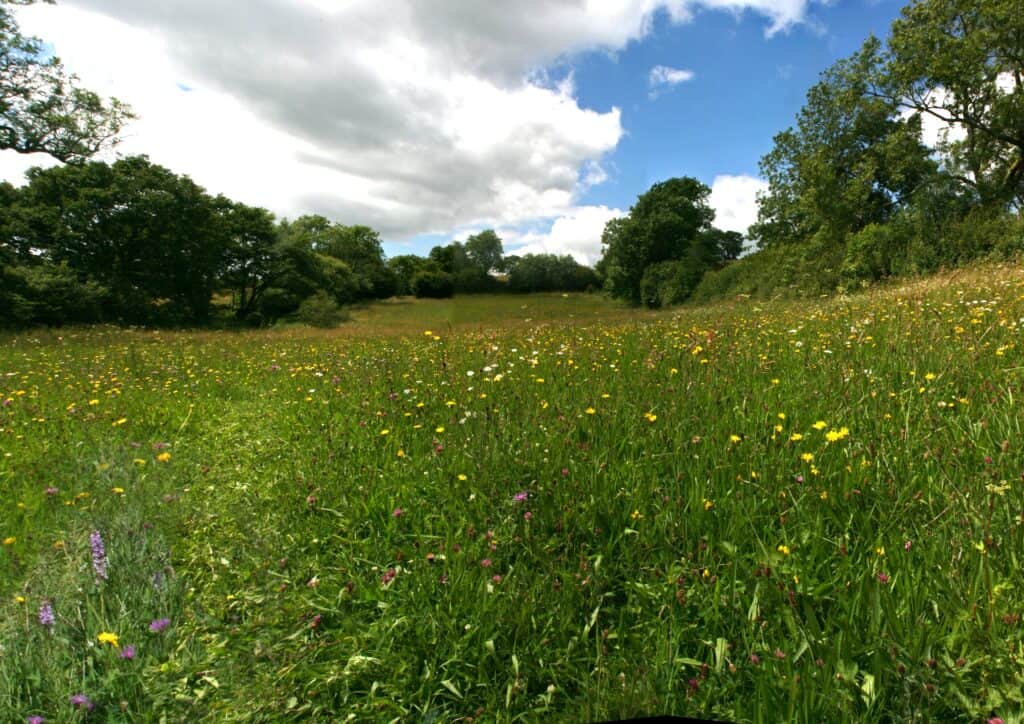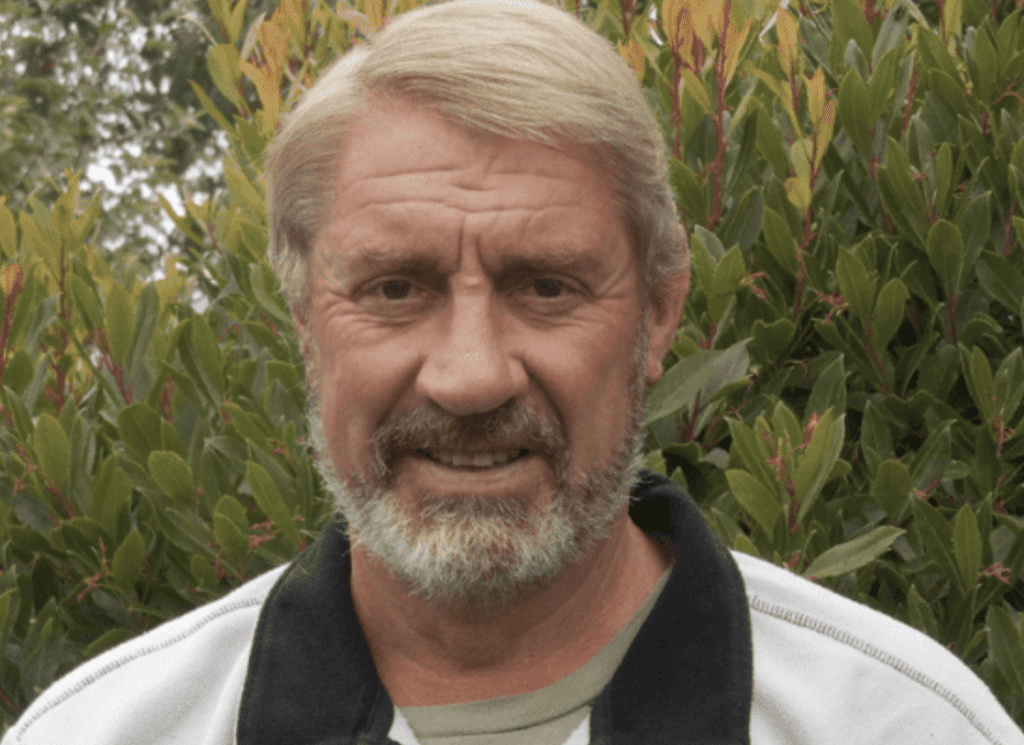Sherborne School student Mack Rutherford recently became the youngest person to fly around the world, setting a new Guinness World Record. To celebrate the achievement, Sherborne School’s playing fields today became an international airport for the morning. Instead of marking out the rugby pitches, the groundsmen marked a 300 metre landing strip with cones so that Mack could land before journeying on to his home in Belgium for half term.

Mack’s round-the-world journey took five months, flying 30,000 miles through 30 countries – alone. He left from Sofia on 23rd March 2022 in his high performance ultralight Shark and celebrated his 17th birthday on the plane. When he landed back in Sofia on 24th August, he had four world records to his name:
- Youngest person to circumnavigate the world by aircraft solo
- Youngest person to circumnavigate the world by aircraft solo (male)
- Youngest person to circumnavigate the world by microlight solo (male)
- Youngest person to circumnavigate the world by microlight solo
The 30,000 mile journey included Sudan, Madagascar, and the Yemeni island of Socotra, ending back in Sofia, Bulgaria.
Mack’s epic adventure had numerous set-backs, including spending a night on an uninhabited island on his own, an aircraft electrical failure, a monsoon-soaked fuel tank, and a solar panel system failure.
‘I was there on the night they told his House.’ George Marsh, governor at Sherborne School, was excitedly anticipating the arrival of Mack’s plane from Henstridge Airfield. ‘There was a stunned silence and then a huge cheer!’
Mack’s friends also waited in the drizzle for Mack’s arrival. ‘We really missed him,’ Richard Xu remarked, ‘And we had a map in the house so we could see where he was every day.’
Another friend Will Frost described his experience flying with Mack: ‘He and his sister flew from Belgium to Popham Airfield and picked me up, then we flew to Henstridge – we got a taxi back to school.’

Sadly the weather meant it was unsafe to fly, and the prep school pupils were encouraged back to the classrooms with promises of less maths and a fish and chip lunch. Instead I caught up with Mack at Henstridge Airfield where he was waiting for the weather to clear.
Five generations of Mack’s family have flown so he naturally grew up with flying. His sister holds the world record for the youngest female flying around the world at age 19. ‘I started properly learning to fly at 14 and got my licence at 15. But I have always flown.’
Planning a journey like that takes significant effort. So how did it all start?
‘When I got my licence I was 15 and I knew I wanted to do something special. My sister became the youngest woman to fly solo around the world and I thought “that’s an amazing thing” – and knew I wanted to do something similar.’

The 30,000 mile journey included Sudan, Madagascar, and the Yemeni island of Socotra, ending back in Sofia, Bulgaria.
‘We made a set route to begin with but over time that route changed completely. We did a lot of planning beforehand but some has to be done in the countries themselves because of permits and visas. They often need to be done nearer to when you arrive. I got stuck for a month and a half in Crete and Dubai due to paperwork.’
Did any country in particular impress him?
‘The thing is, they are so different. You can’t really compare Greenland ice caps to the Sahara! They were all amazing. But the places that marked me were probably the Sahara Desert, Kenya, South East Asia, Japan, and the big cities of the US and Greenland.’
We’re all mindful of climate change these days so how does Mack consider his carbon footprint?
‘So, of course flying around the world is not the most eco-friendly but my plane is very efficient. It’s a small aircraft, and it does a tiny fraction of what a bigger jet engine would do. So it’s not ideal, but it’s better than many of the planes out there, and hopefully in the future I’ll be able to do something with electric planes.’

Had travelling around the world changed Mack?
‘I feel a lot more confident both in the air and on the ground. I understand a lot more about aviation – and the world in general, how things work. And I have been able to cope with stress much better, helping me progress through various difficulties and challenges.’
So, what’s next?
‘I’m working on my A levels at the moment and trying to catch up with that! And carry on flying – I’m not sure what area of flying, but I’ll just keep flying.’
Sherborne School headmaster Dr Luckett said. ‘We could not be more proud of Mack, he has shown skill, commitment, resilience and courage’.
Mack’s journey was sponsored by ICDSoft.
















